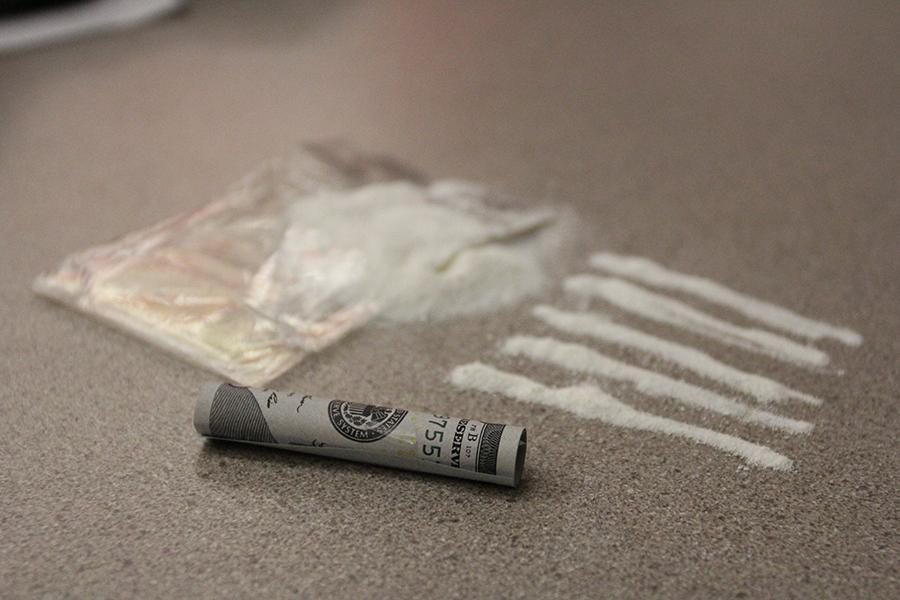Study finds disparity in cocaine arrests
Studies show that adults are more likely to use crack over powder cocaine, leading to higher chances of arrest.
February 25, 2015
Researchers from NYU’s Center for Drug Use and HIV Research published a study that concluded those from disadvantaged backgrounds have a higher tendency to use crack cocaine over powder cocaine. The study, published in Drug and Alcohol Dependence on Feb. 2, looked at data from the National Survey on Drug Use and Health in an effort to determine who could be at a higher risk for imprisonment as a result of using these drugs.
In the United States, penalties for crack users are 18 times more severe than those for powder cocaine users. The study highlighted that high education and social status were negatively associated with crack cocaine use, supporting the idea that powder cocaine use is associated with affluence. While racial minorities were found to be more likely to use crack cocaine, the study found that socioeconomic status was the overwhelming determining factor.
Dr. Joseph Palamar, an assistant professor in the department of population health at NYU Langone, spearheaded the study and said it was necessary for the two drugs to be studied separately despite their usual incorrect conflation into one drug. Palamar added that it was necessary to look at the various risks associated with the drugs and the negative outcomes.
“Being arrested for drug possession can prevent a person from getting a job, housing or school loans, so this study was needed to see which cocaine users are at greatest risk for experiencing adverse outcomes associated with this drug policy,” Palamar said.
CAS senior and president of NYU Students for Sensible Drug Policy Ashley Frenkel said the results of this study only further prove that mostly wealthy people use powder cocaine and are not punished as harshly as crack users.
“A study like this is important because it highlights the hierarchy the American judicial system perpetuates, a hierarchy that is based on money,” Frenkel said.
The Fair Sentencing Act of 2010 reduced the penalty weight ratio of crack to powder cocaine from 100:1 to 18:1. In 2013, the Smarter Sentencing Act was introduced in an attempt to eliminate all disparities, but it was not passed.
Michael Bamford, policy director at NYU Students for Sensible Drug Policy, said the current policy is outdated, and that it reinforces the poverty cycle.
“We at SSDP feel that punitive measures in drug policy are ineffective at solving the social problems drugs create, and ineffective at rehabilitating those harmed by these substances,” Bamford said.
Palamar said the problem stems from the disparity in arrests which prevents impoverished people from moving up the socioeconomic ladder,while leaving the upper class unfettered.
“People in poverty are already struggling to go to college and make good money, and this harsh policy actually keeps them in place, preventing them from going to college or getting good jobs if they get caught,” Palamar said.
Frenkel said she believes addiction is a matter that should be treated as a public health issue, not a criminal issue.
“Unfortunately, many people in lower socioeconomic brackets, often people of color, feel they have nothing else to turn to except drugs like crack,” Frenkel said. “And this is a huge problem that stems from years of social inequality.”
A version of this article appeared in the Wednesday, Feb. 25 print edition. Email Alex Bazeley at [email protected].

























































































































































